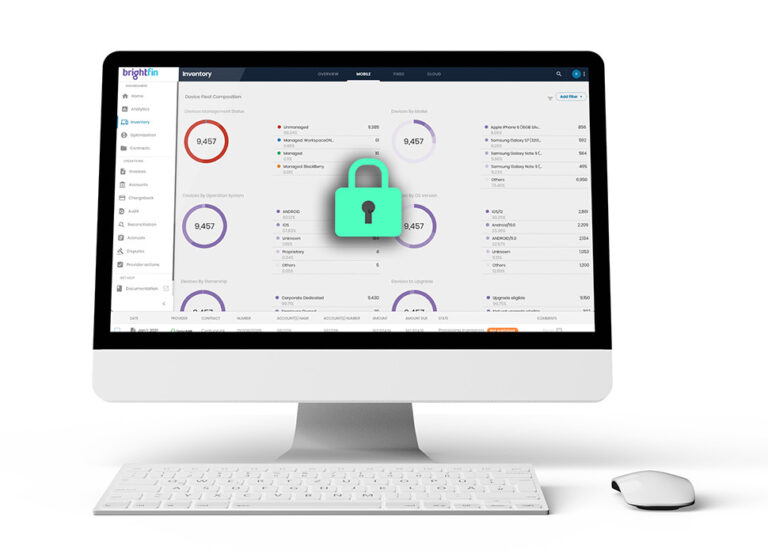In recent years, choices surrounding how a company addresses its software and data management needs have grown from being limited to local in-house systems over to cloud computing services. This shift brings with it an increased need for management and governance to prevent overspending. Cloud expense management, also known as cloud cost optimization, is an organizational approach that allows an enterprise to manage both the costs as well as needs associated with the use of cloud technology. The number one priority is to maximize cloud usage and efficiency and minimize costs, all while ensuring teams have the cloud resources they need when they need them.
Why is Cloud Expense Management Needed?
The cloud infrastructure ecosystem is growing increasingly complex. New applications and services are entering the cloud with each passing year. Businesses are quick to adopt any of these new services to maintain that competitive edge. A huge benefit of choosing cloud-based services, as opposed to in-house hosted systems, is the ability to procure and use only the services needed based on usage, memory space, and the number of users. When a larger organizational plan is proactively making decisions regarding how and when to expand their cloud-based services, this “pay for what you use” model can amount to large savings.
However, when these services are not appropriately managed and monitored, it’s far too easy for costs to spin out of control. This situation often occurs when decision making across an organization is decentralized, as spending in the cloud is no longer under any particular department’s control. Should more data storage be needed, more software licenses acquired, or more authorized applications running, there’s no centralized place to monitor all the cloud assets a company is using to best determine if simply adding more is in a company’s best interest.
Employing a cloud expense management strategy gives a company powerful tools that enable full visibility of what’s happening within the cloud. With this clarity, a company can have the confidence that it is making the most of their cloud usage while keeping costs down. Cloud expense management strategy tracks the various factors that influence costs, including:
– Software licenses
– Virtual machine instances
– Training and support
– Network traffic
– Web services
– Memory
– Storage
Elements of Cloud Expense Management
A cloud expense management strategy can begin as early as a company’s initial jump into cloud services. Armed with the expertise and tools that come with a cloud expense management service, a company can better determine how cloud services can meet their goals and which infrastructures are the right fit for its different workloads.
With appropriate workloads successfully migrated to the cloud, the following benefits of a cloud expense management service come into play and provide a company with the following:
Cloud Cost Visibility. Gain a greater understanding of a company’s cloud service usage and spend breakdown with a detailed customizable dashboard that allows for accurate visualization. Pinpoint trends that negatively impact the company before they become problems.
Cloud Cost Optimization. Identify overused or underutilized resources for rightsizing, including unused resources that can be shut down.
Cost Allocation and Chargeback. Set and maintain a budget across different departments, cloud products, and roles while giving finance an easier way to chargeback and operations the tools to optimize resources.
Governance. Create policies that ensure compliance with established budgets while empowering teams and departments to innovate and generate value.
Advantages of Cloud Expense Management
As with any outsourced management service, the biggest question that needs to be answered is how it can benefit a company and why they should consider using one. When it comes to cloud expense management, the advantages are clear. The first is how it can decrease costs. Using a proactive approach, a cloud expense management system can ensure that a company only pays for the services that they are using and also are taking advantage of discounts available through providers.
Using techniques such as automatic scaling and load balancing, a cloud expense management service can ensure that a company can perform smoothly with its current level of provisioning and only add more products when needed. This avoids both over and under-provisioning which leads to overpaying or cause performance to suffer, respectively.
With this balanced approach, it’s that much easier to predict future usage and expenditure using accurate forecasts drawn from previous usage data. Not only does this prevent unseen increased costs, but it also makes it easier to see should an expense be incorrect.
All of this information is useless if it can’t be visualized dynamically and efficiently. A cloud expense management system creates a centralized dashboard that allows all the elements of a company’s cloud usage to be seen and understood at a glance. This provides vital information not only about usage and cost but also governance and security.
Let brightfin Make Cloud Management Easy
brightfin has all the tools and services a company needs to effectively take control of their cloud products. Its cloud cost management suite offers a centralized cloud monitoring tool that enables users to manage their cloud services, inventories, and spend with access to cost center managers, project managers, teams, and cloud service managers
Curious to learn more about our Cloud Solution? Contact us today!



